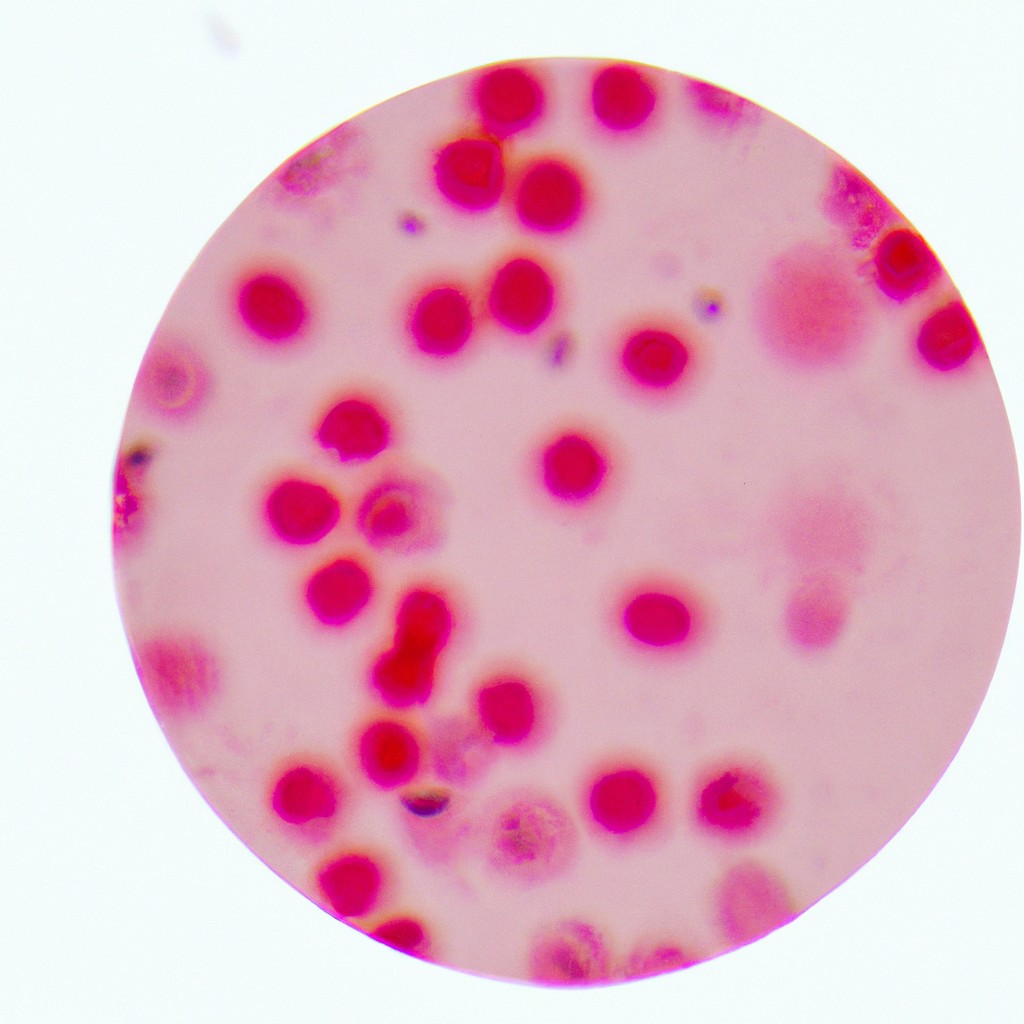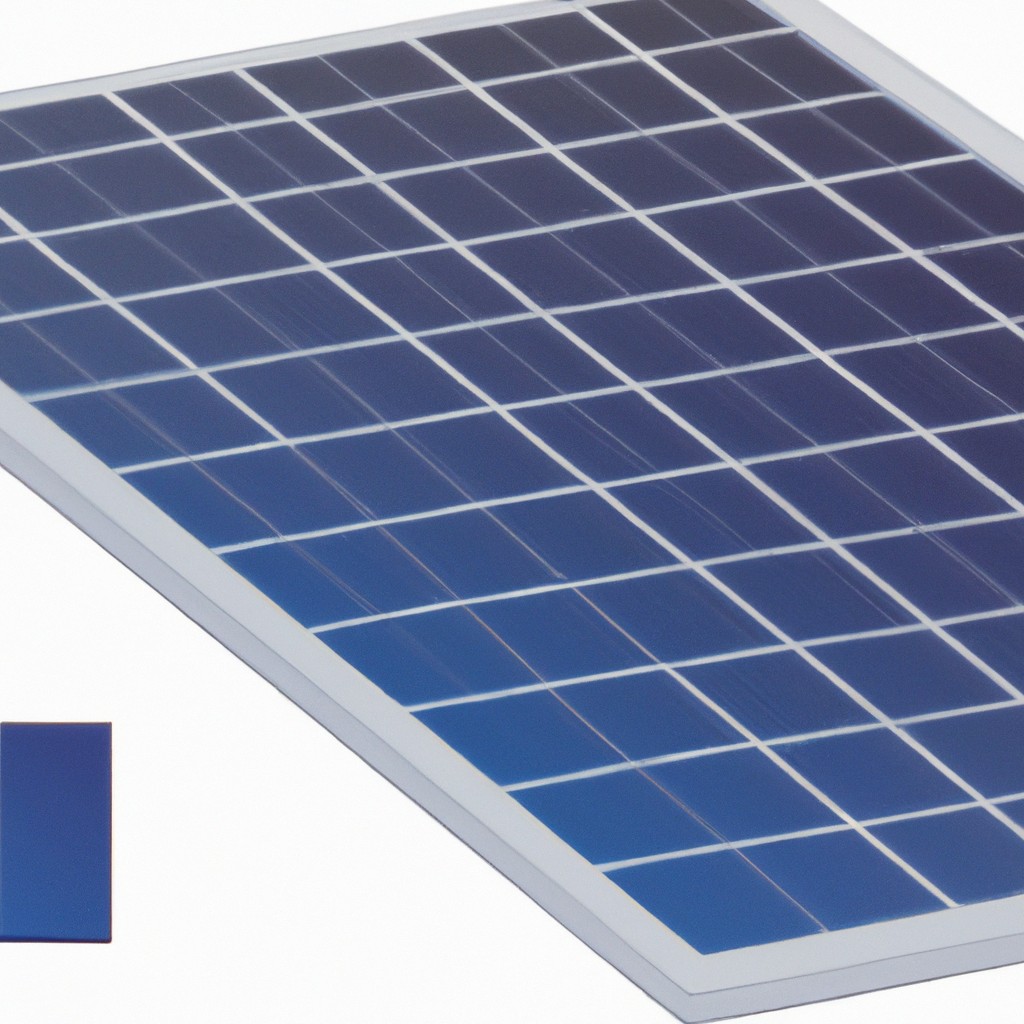Solar panels are devices that convert sunlight into electricity, and this article provides a comprehensive understanding of their working mechanism, types, installation process, and benefits.
Key takeaways:
- Solar panels convert sunlight into electricity.
- Photovoltaic cells absorb light and create an electric current.
- Solar inverters convert direct current (DC) into alternating current (AC).
- Solar panels provide renewable energy and lower electricity costs.
- Solar panels are customizable, scalable, and environmentally friendly.
How Do Solar Panels Work?

Solar panels convert sunlight into electricity through a process known as the photovoltaic effect.
Here are the key points to understand:
- Photovoltaic Cells: These cells are the basic units of a solar panel, made of semiconductor materials, typically silicon, that absorb light.
- Energy Absorption: When sunlight hits the cells, it dislodges electrons from the atoms within the semiconductors, creating a flow of electric current.
- Direct Current (DC): This flow is a direct current, which is not yet compatible with the alternating current (AC) used in homes and businesses.
- Solar Inverter: To make the electricity usable, it passes through an inverter which converts the DC into AC.
- Electrical Grid Integration: Once converted, the electricity either powers your home, feeds into the grid for a credit on your electric bill, or is stored in a solar battery for later use.
By harnessing energy from the sun, solar panels provide a renewable source of power that can reduce reliance on fossil fuels and lower electricity costs.
The Benefits of Solar Panels
Solar panels offer a variety of advantages for homeowners, businesses, and the environment. They provide a clean and renewable source of energy, helping to reduce reliance on fossil fuels. This reduction in fossil fuel consumption directly translates to decreased greenhouse gas emissions, which is essential in the fight against climate change.
Financially, solar panels can significantly lower electricity bills. Many regions offer incentives like tax credits, rebates, and feed-in tariffs to solar panel users, which can enhance savings. Additionally, the installation of solar panels can increase property value, as energy-efficient homes are often more attractive to prospective buyers.
Advancements in technology have made solar panels more efficient and durable, with many models now boasting a lifespan of over 25 years. This long-term durability ensures that the initial investment in solar technology pays dividends for decades.
Solar energy is also reliable. While the output can fluctuate depending on weather conditions and time of day, advances in energy storage have made it possible to store excess power for use during periods of low light or high demand.
Lastly, solar panel systems are scalable. This means that they can be expanded with additional panels to meet increased energy needs, making them a flexible solution for a growing energy demand.
How Much Do Solar Panels Cost?
Solar panel costs vary widely, depending on several factors. First, the type of solar panel you choose impacts the price. Typically, monocrystalline panels come with higher efficiency rates but are more expensive than polycrystalline panels.
Second, the size of your solar panel system plays a crucial role. An average residential solar system ranges from 3 kW to 8 kW and can cost between $15,000 and $40,000 before tax credits and incentives.
Third, location influences cost due to varying prices for installation labor, permitting fees, and the amount of sunlight your area receives.
Lastly, available incentives and tax credits can substantially lower the initial investment. The federal solar tax credit (ITC), for instance, allows you to deduct 26% of the cost of your solar energy system from your federal taxes, though this percentage is scheduled to decrease in future years.
It’s important to consider long-term savings on electricity bills when assessing the cost-effectiveness of solar panels, as well as the potential increase in property value. Financing options such as solar leases or power purchase agreements can further affect the upfront costs and overall savings.
Are Solar Panels Environmentally Friendly to Make?
The manufacturing process for solar panels involves several steps that can have environmental impacts. To extract and process raw materials like quartz, and produce solar-grade silicon, substantial energy consumption and chemicals are involved, potentially leading to greenhouse gas emissions and waste products.
However, advancements in manufacturing technology aim to reduce the ecological footprint of production. For instance, some manufacturers have begun using less energy-intensive processes, recycling water during production, or utilizing greener sources of energy to power their facilities.
Moreover, the long-term environmental benefits of solar panels are considerable. Once installed, solar panels produce clean energy for 25 to 30 years or more, significantly offsetting their initial manufacturing emissions.
Lifecycle analysis studies suggest that the energy payback time— the time it takes for a solar panel to generate the amount of energy that was used to produce it—ranges from 1 to 4 years, depending on the type of solar panel and the sunlight it receives. Given their decades-long service life, the overall environmental impact tilts positively when compared to conventional energy sources.
Finally, recycling programs for solar panels are becoming more common, aiming to reclaim materials at the end of their life cycle, thereby minimizing waste and the extraction of new raw materials.
What Are the Primary Types of Solar Panels?
Solar panels, the engines of solar energy systems, come in several key varieties, each with unique characteristics:
1. Monocrystalline Solar Panels:
- Comprised of silicon, these panels are recognized for their uniform, dark appearance and rounded edges.
- They offer high efficiency and durability, with a performance rate generally between 15-20%.
- Ideal for areas with limited space, as fewer panels are needed to generate a significant amount of power.
2. Polycrystalline Solar Panels:
- Easily identifiable by their speckled blue hue and squared-off edges, these are made from fragments of silicon.
- They present a slightly lower efficiency rate, usually around 13-16%.
- Offer a balance between cost and performance, making them a popular choice for residential use.
3. Thin-Film Solar Panels:
- Constructed by layering thin photovoltaic materials on a substrate, these panels can vary in appearance.
- They demonstrate a lower efficiency than crystalline-based panels, typically around 10-13%.
- Their flexibility and lightweight features allow for installation on a variety of surfaces, including those unsuitable for heavier panels.
Each type presents a different set of advantages and potential drawbacks, catered to specific installation conditions and budgetary considerations.
FAQ
What exactly do solar panels do?
Solar panels convert sunlight into electrical energy, enabling the generation of electricity and storage of energy in batteries or thermal storage.
What is a solar panel simple definition?
A solar panel is a device that absorbs the sun’s rays and converts them into electricity or heat by utilizing a collection of solar or photovoltaic cells through the photovoltaic effect.
What is the use of solar panel?
Solar panels serve the function of collecting sunlight and converting it into electricity to power homes, businesses, or remote locations.
How do solar panels convert sunlight into electricity?
Solar panels convert sunlight into electricity through the photovoltaic effect, where photons from the sun are absorbed by solar cells, knocking electrons free and generating an electric current.
What are the key components of a solar panel system?
The key components of a solar panel system include solar panels, a solar inverter, a solar battery, and a solar charge controller.
How efficient are the modern-day solar panels?
Modern-day solar panels can reach efficiencies up to 22-23% under ideal conditions.




